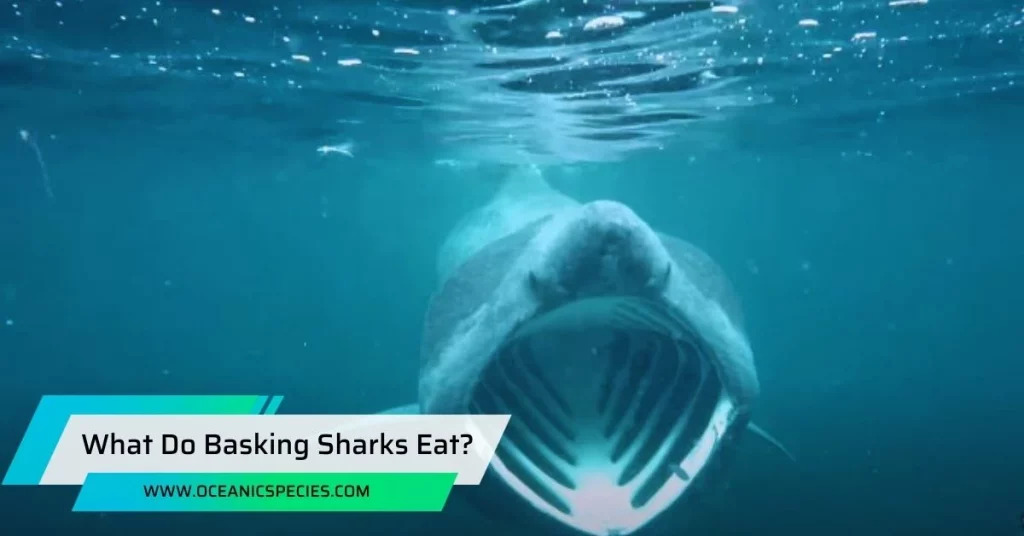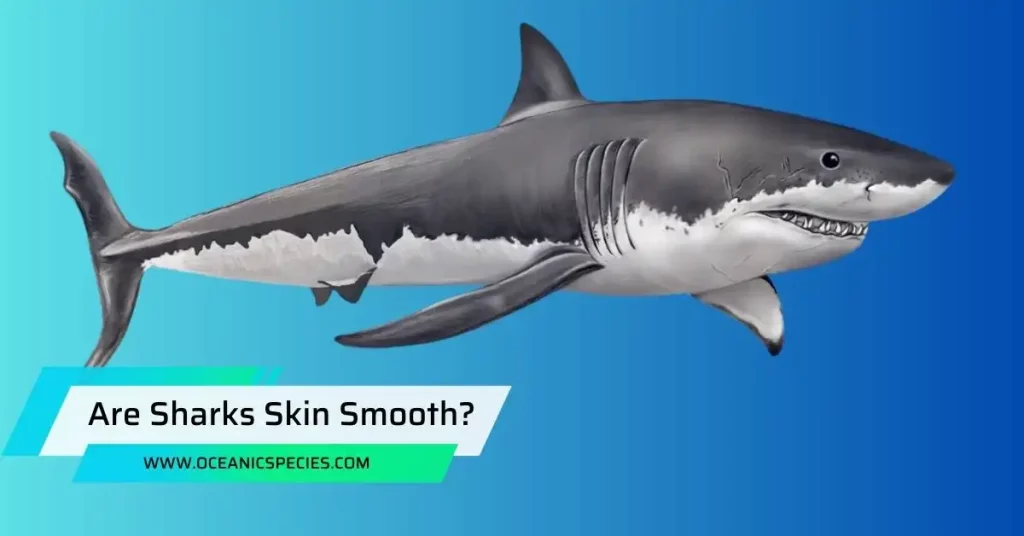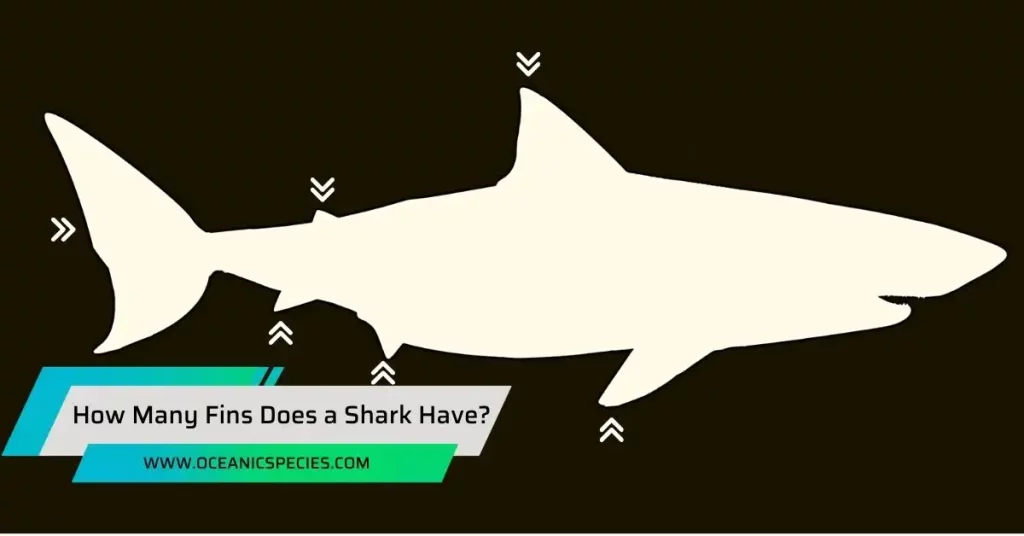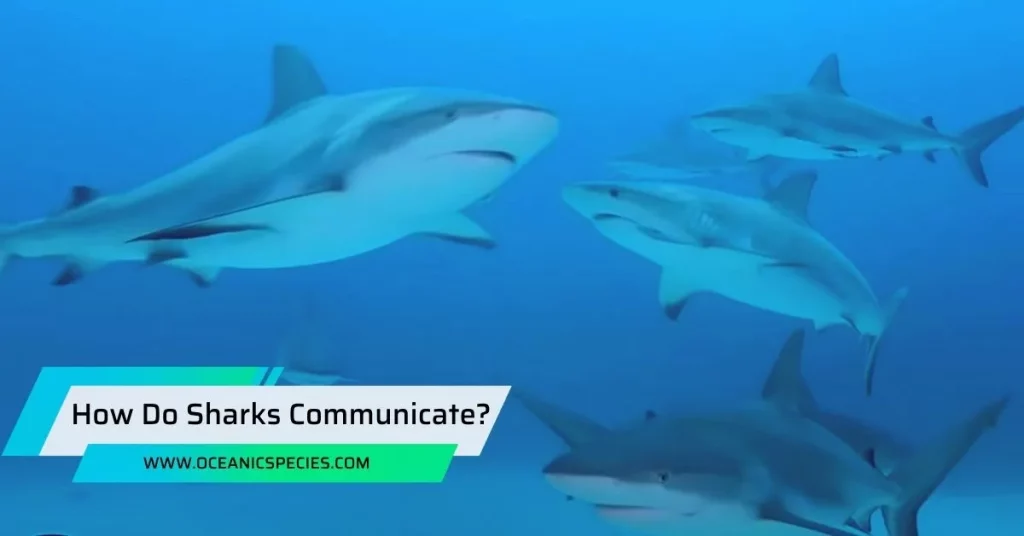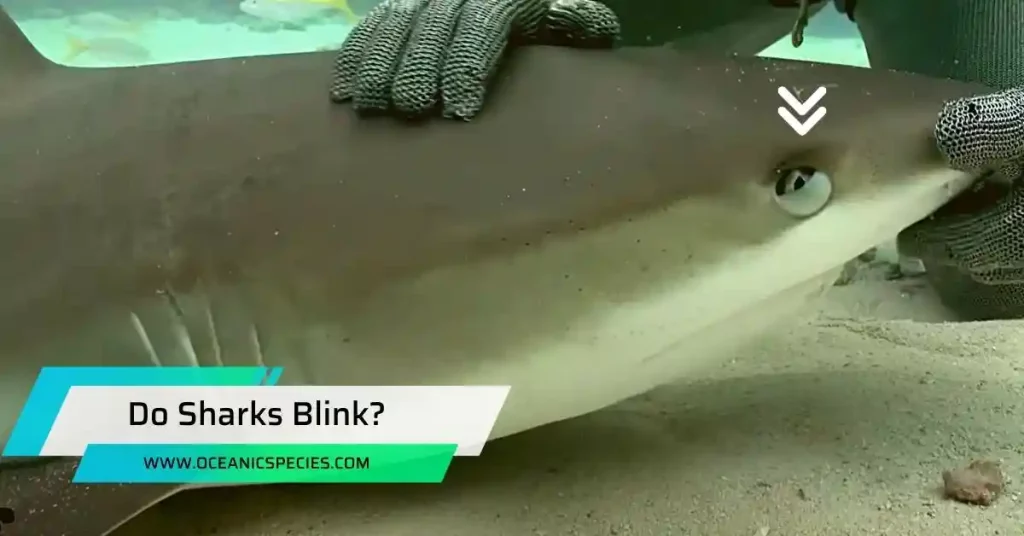Basking sharks primarily eat zooplankton. They are filter feeders that consume large quantities of small organisms in the water, such as copepods and krill.
The diet of the basking shark, a magnificent and captivating creature, consists mainly of zooplankton. As filter feeders, these sharks have developed a remarkable feeding strategy to sustain themselves. Consuming vast quantities of small organisms found in the water, such as copepods and krill, they play a crucial role in maintaining the delicate balance of marine ecosystems.
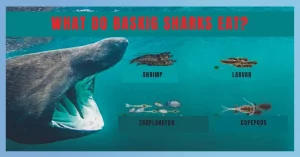
Despite their massive size, basking sharks are gentle giants that glide through the oceans with their mouths wide open, filtering out their microscopic prey. Their dependence on such tiny organisms showcases the intricate interconnectedness of marine life and highlights the importance of conserving these fascinating creatures.
We will delve deeper into the feeding habits and behaviors of the basking shark, gaining a greater understanding of their ecological significance and their place in the marine food web.
Insights Into The Diet Of Basking Sharks
Did you know that basking sharks have unique feeding adaptations and surprising delicacies in their diet? These creatures have specific behaviors and preferences when it comes to their meals. In this section, we will explore the feeding habits of basking sharks, shedding light on their distinct feeding adaptations and the unexpected delicacies they favor.
Unique Feeding Adaptations Of The Basking Shark:
Basking sharks have a specialized feeding mechanism known as “ram feeding.” This means they keep their mouths wide open while swimming, allowing for the passive filtration of their food. Their enormous mouths can stretch up to three feet wide, enabling them to consume large quantities of plankton and small fish. Basking sharks possess gill rakers, which are long, slender structures that filter food as water is expelled through their gills. These gill rakers prevent larger debris from entering the shark’s digestive system. To aid in their feeding process, basking sharks have an expanded liver that acts as a buoyancy control device, helping them maintain their position in the water column.
The Surprising Delicacy Favored By Basking Sharks:
Despite their massive size, basking sharks primarily feed on zooplankton, especially copepods. These tiny organisms make up a significant portion of their diet. Copepods are small crustaceans that serve as an important energy source for basking sharks. These microscopic creatures are abundant in the ocean, providing a nourishing and easily accessible food supply. Basking sharks also occasionally feed on other small fish, such as herring and mackerel, but their diet mainly revolves around the consumption of copepods.
The Plankton Paradise: The Mainstay Of The Basking Shark’S Diet
Imagine a diverse world teeming with life, delicately balanced beneath the surface of the ocean. In this underwater paradise, plankton reigns supreme as the primary source of sustenance for many marine creatures. Among these magnificent creatures is the basking shark, a gentle giant that relies on these tiny organisms as its main food source.
Let’s dive into the fascinating world of plankton and understand its significance in the basking shark’s diet.
Understanding The Importance Of Plankton In The Ocean Ecosystem:
Plankton plays a crucial role in the ocean’s food web, serving as the foundation of the marine ecosystem. These microscopic organisms are essential for sustaining all life forms, from small fish to massive marine mammals. Without the presence of plankton, the ocean’s delicate balance would be disrupted, leading to a cascading effect on the entire ecosystem.
The Planktonic Organisms Favored By Basking Sharks:
Basking sharks primarily feed on two types of plankton – Zooplankton and phytoplankton. Zooplankton, consisting of small animals such as copepods and krill, make up a significant portion of the basking shark’s diet. Phytoplankton, on the other hand, are microscopic plants that form the base of the marine food chain, providing sustenance for the zooplankton that basking sharks feed on.
How Basking Sharks Filter Feed On Plankton:
Basking sharks employ a unique feeding strategy known as filter feeding to consume large quantities of plankton. They open their colossal mouths wide and swim slowly, allowing water filled with plankton to flow in. Their gill rakers, specialized filters within their mouths, trap the plankton while expelling excess water. Once the water is filtered, the basking shark swallows the captured plankton, gaining nourishment with each mouthful.
Unveiling The Secrets: The Additional Items On The Basking Shark’S Menu
The basking shark, known for its tremendous size and filter-feeding behavior, has long been associated with a diet primarily composed of plankton. However, recent discoveries have shed light on the surprising finds in their stomachs, revealing that their menu includes more than just tiny organisms.
Let’s delve deeper into these intriguing revelations and unpack the role of fish, small invertebrates, and even marine mammals in the basking shark’s diet.
Surprising Discoveries Of Non-Planktonic Prey In Basking Shark Stomachs:
Basking sharks have been found to consume a variety of non-planktonic prey, challenging the notion that they solely rely on filter-feeding. Fish such as herring, mackerel, and even salmon have been found in the stomachs of basking sharks, indicating their ability to catch and consume larger prey. Squid and small crustaceans, including krill and shrimp, have also made appearances in basking shark stomachs, revealing their diverse feeding habits.
Examining The Role Of Fish And Small Invertebrates In The Basking Shark’S Diet:
Fish play a crucial role in supplementing the basking shark’s nutrition. They provide essential proteins, fats, and other nutrients necessary for the shark’s growth and energy requirements. Small invertebrates like squid and crustaceans contribute significantly to the basking shark’s diet. These prey items are rich in nutrients and can be consumed whole, providing readily available sustenance. The inclusion of fish and small invertebrates in their diet highlights the basking shark’s ability to adapt and take advantage of alternative food sources when plankton may be scarce.
Uncovering The Reasons Behind The Occasional Consumption Of Other Marine Mammals:
While not a primary part of their diet, basking sharks have been found to consume other marine mammals on occasion, although it remains a relatively rare occurrence. The exact reasons behind these occasional meals are still being researched. It is speculated that the consumption of marine mammals could be due to mistaken identity, accidental ingestion during filter-feeding, or opportunistic feeding behaviors. It’s important to note that the occasional consumption of marine mammals by basking sharks does not indicate a significant shift in their feeding habits. Their preference for plankton and other small prey remains their primary source of sustenance.
Environmental Factors: Influencing The Basking Shark’S Choice Of Food
Basking sharks are constantly on the lookout for their next meal. In this section, we will explore some environmental factors that play a crucial role in the basking shark’s diet.
The Impact Of Sea Temperature On The Availability Of Prey For Basking Sharks:
- Sea temperature affects the distribution and abundance of plankton in the ocean.
- Cooler waters tend to contain larger quantities of plankton, making them more attractive to basking sharks.
- Basking sharks rely heavily on plankton as their primary source of food.
- Plankton thrives in colder waters, making these areas an ideal feeding ground for basking sharks.
- Warmer waters, on the other hand, may experience a decline in plankton populations, which can affect the availability of food for these gentle giants.
Exploring The Effects Of Nutrient Levels On The Diet Of Basking Sharks:
- Nutrient-rich waters are essential for the growth and survival of plankton, which is vital for the basking shark’s diet.
- Areas with higher nutrient levels, such as upwelling zones, provide an abundant supply of plankton for basking sharks to feast on.
- Upwelling occurs when deep, nutrient-rich waters rise to the surface, creating a favorable feeding environment for basking sharks.
- Nutrient levels can vary depending on factors like ocean currents and geological features, influencing the availability of food for these majestic creatures.
Investigating How Climate Change Might Affect The Basking Shark’S Feeding Patterns:
- Climate change can have significant impacts on oceanic ecosystems, including changes in sea temperature and nutrient levels.
- Rising water temperatures caused by climate change may alter the distribution and abundance of plankton populations.
- As a result, basking sharks may need to adapt their feeding patterns to locate suitable food sources.
- Changes in the availability and distribution of plankton can impact the basking shark’s overall survival and reproductive success.
- Understanding how climate change affects the basking shark’s feeding patterns is crucial for conservation efforts and ensuring the long-term survival of these magnificent creatures.
Conservation Implications: Protecting The Basking Shark’S Food Source
Preserving the plankton populations is crucial for the conservation of basking sharks as they heavily rely on these tiny organisms for their sustenance. Plankton, which consists of both phytoplankton (tiny plants) and zooplankton (small animals), forms the primary food source for basking sharks.
By understanding the significance of maintaining healthy plankton populations, we can better protect these magnificent creatures. Here are some key points to consider:
- Plankton abundance: Plankton serves as the building block of the marine food chain, and their abundance directly impacts the quantity and quality of basking shark’s food source.
- Nutritional value: Plankton provides the necessary nutrients, such as proteins and fats, required for the growth and survival of basking sharks. A decline in plankton populations can result in malnutrition and negatively impact their overall health.
- Energy efficiency: As filter feeders, basking sharks are highly efficient in utilizing the energy derived from plankton. This efficient feeding strategy allows them to thrive in the ocean ecosystem and maintain their impressive size.
- Ecosystem balance: Preserving plankton populations is not only essential for basking sharks but also for maintaining the overall balance of marine ecosystems. Plankton plays a vital role in carbon sequestration, oxygen production, and supporting other marine organisms.
Strategies For Managing And Safeguarding The Basking Shark’S Feeding Habitats
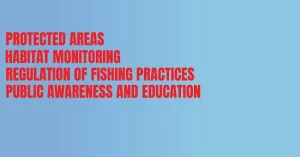
To ensure the long-term survival of basking sharks, it is crucial to implement effective strategies for managing and safeguarding their feeding habitats. Here are some key approaches to consider:
- Protected areas: Establishing marine protected areas (mpas) can help safeguard the feeding habitats of basking sharks. These designated zones restrict human activities such as fishing and boating, providing a safe space for sharks to feed without disturbance.
- Habitat monitoring: Regular monitoring of basking shark habitats can help identify any changes or threats to their feeding grounds. This information can guide conservation efforts and assist in mitigating potential risks.
- Regulation of fishing practices: Implementing responsible fishing practices, such as reducing bycatch and avoiding fishing in areas frequented by basking sharks, is crucial for their conservation. Sustainable fishing methods are necessary to prevent the depletion of plankton stocks and preserve the sharks’ food source.
- Public awareness and education: Increasing public awareness about the importance of basking sharks and their feeding habitats can foster a sense of responsibility towards their conservation. Education initiatives can help promote responsible behavior, such as avoiding the disturbance of feeding sharks or reporting sightings for research purposes.
Collaborative Efforts To Protect Basking Sharks And Their Food Sources
Protecting basking sharks and their food sources requires collaboration among various stakeholders. Here are some collaborative efforts that contribute to the conservation of basking sharks:
- Research collaborations: Collaboration between scientists, researchers, and conservation organizations facilitates the gathering of essential data, including migration patterns, feeding behavior, and population trends. This knowledge is crucial for implementing effective conservation strategies.
- International cooperation: Basking sharks are highly migratory, traversing through different jurisdictions and crossing international boundaries. International cooperation and agreements are essential for harmonizing conservation efforts across regions and ensuring the protection of their feeding habitats throughout their range.
- Community involvement: Engaging local communities and stakeholders is vital for successful conservation initiatives. Community-based conservation projects can promote responsible behavior and empower locals to actively participate in the preservation of basking sharks and their food sources.
- Government support: Government agencies play a crucial role in enacting and enforcing policies that protect basking sharks and their habitats. Collaborating with governments can lead to the development of legislation and regulations that prioritize the conservation of these magnificent creatures.
Frequently Asked Questions
Do Basking Sharks Eat Fish?
No, basking sharks are filter feeders and their diet consists mostly of plankton, not fish.
How Much Plankton Can A Basking Shark Consume?
A basking shark can consume several tons of plankton daily, thanks to its massive mouth and feeding apparatus.
Can Basking Sharks Eat Humans?
No, basking sharks are harmless and pose no threat to humans. They are filter feeders and have no interest in consuming humans.
Where Do Basking Sharks Find Their Food?
Basking sharks usually find their food in areas with high concentrations of plankton, such as coastal areas and upwelling zones.
Conclusion
Understanding what basking shark eat is a fascinating look into the intriguing life of these massive creatures. Through their filter-feeding mechanism, they primarily consume plankton and small fish, playing a crucial role in the marine ecosystem. Their ability to consume vast amounts of water and extract nutrients efficiently enables them to grow and thrive in their ocean habitat.
Despite their imposing size, basking sharks are gentle giants, preferring to glide peacefully through the water while feeding. This apex predator plays a vital role in maintaining the delicate balance of the marine food chain. As we continue to learn more about these enigmatic creatures, we gain a deeper appreciation for the intricate web of life that exists beneath the ocean’s surface.

